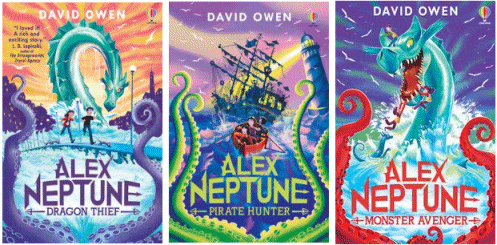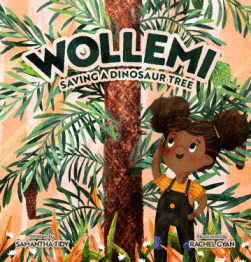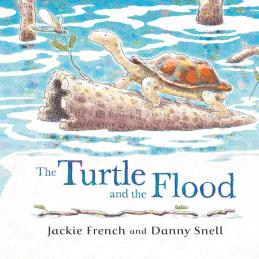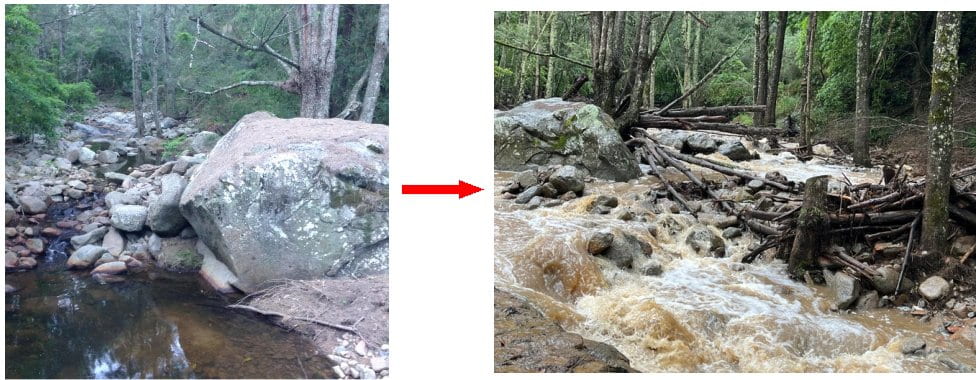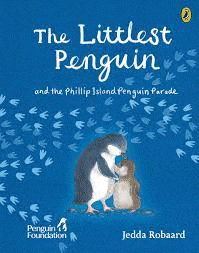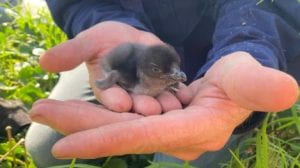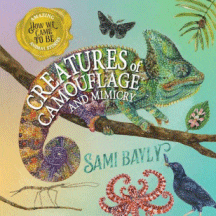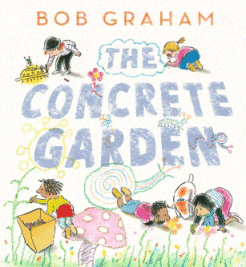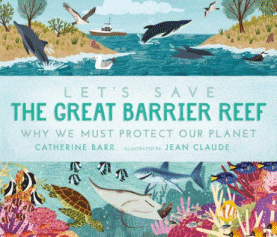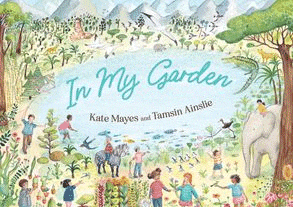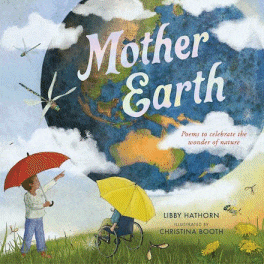
The Gargoyle
The Gargoyle
Zana Fraillon
Lothian, 2023
32pp., hbk., RRP $A24.99
9780734421241
Forced off his rooftop to make way for a new urban development in a barren cityscape, the old gargoyle packs a battered suitcase and boards a train going who knows where. But he is unseen to all those who are packed on it, except for a child who has the time and the presence to ponder the gargoyle’s story…
He’s old, this gargoyle. Very old. Older than me. Older than anyone. He looks tired. If I had a seat, I would give it to him.
He shuffles past me and stands near the door and watches the city smushing past.
I think I hear him sigh. An echoey, achy, hollow sort of sigh, like the wind when it gusts down lanes and through tunnels and in and out of the big drains that stretch under the city.
Invisible to all who are so engrossed in what is to come that they don’t see the here and now, except for the ticket collector who forces him off the train when he cannot produce a ticket, the gargoyle is a forlorn sight, testament to the often unnoticed and ignored elderly, disabled and homeless among us. But he leaves his suitcase behind and when the child, overcome by curiosity and compassion, opens the case he unleashes the gargoyle’s many memories of the city and its inhabitants. When the case crumbles, leaving nothing but a small seed, the child decides to find a place to bring the gargoyle, and the soul of the city, back.
This is a poignant picture book that works on many levels both for younger and older students as they explore it, each visit exposing something different. For example, on a literal level, the meaning and history of “gargoyles” could be investigated to build vocabulary and children could be encouraged to not only identify structures in their town that feature them but also learn architecturally related words such as buttress and belfry, perhaps even compare modern and bygone construction styles and methods.
Others might like to consider what memories are contained in the gargoyle’s case, and if he were a gargoyle from one of their town’s structures, what changes and events might he have seen and packed into that case.
Older readers who can dig deeper into the messages that lie beyond the words might look more at the humanitarian issues that are addressed- the trials and tribulation of ageing and how those who are in their senior years become invisible and often ignored as though they no longer have anything to contribute; the way buildings and structures are often valued and preserved more than those who constructed them; the destruction of those buildings in the ever-growing need for quick-fix housing; the knowledge and memories of people and places past that could be drawn on to build a better future so the same mistakes are not repeated; society’s attitudes towards and treatment of the homeless… And having examined those issues, consider and plan what might grow from the seed that the boy plants.
Teachers’ notes offer discussion points about these as well as ideas for exploring its language, literary devices and visual literacy – both the author’s and illustrator’s notes add much – but the lingering emotion for the reader is one of empathy and compassion, of a desire to acknowledge and celebrate the legacies of those who have gone before us and consider the legacy that we, ourselves, might leave.
I do expect to see this among the award winners of the upcoming year.
